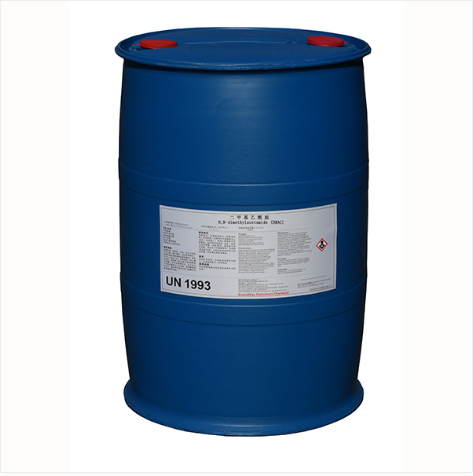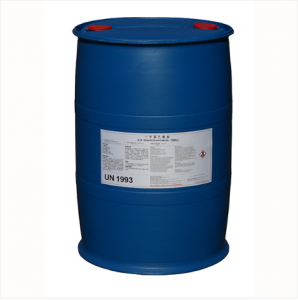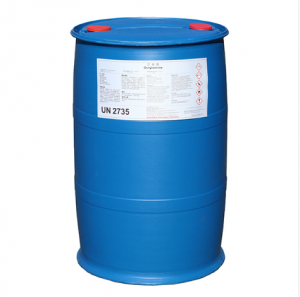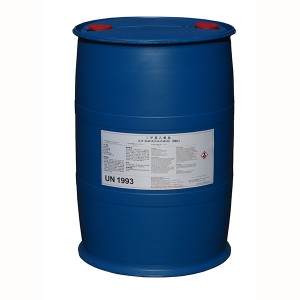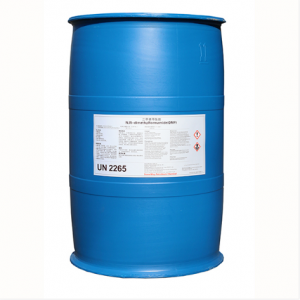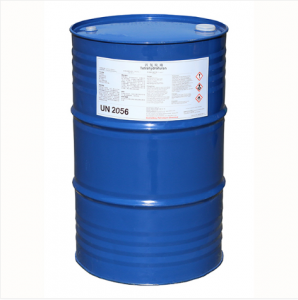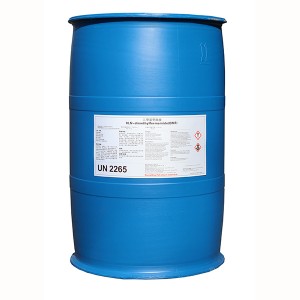N, N-dimethylacetamide manufacturer, polymer film DMAC, paint grade DMAC, pharmaceutical grade DMAC raw material professional supply,
The molecular formula of N, N-dimethylacetamide is C4H9NO. DMAC is mainly used as a solvent for synthetic fibers (acrylonitrile) and polyurethane spinning and synthetic polyamide resins. It is also used as an extractive distillation solvent for separating styrene from the C8 fraction, and is widely used in polymer films, coatings and pharmaceuticals. . It is widely used in the synthesis of antibiotics and pesticides in medicine and pesticides. It can also be used as catalyst for reaction, electrolytic solvent, paint scavenger and various crystalline solvent adducts and complexes.
Product Name:N,N-dimethylacetamide(DMAC)
Cas:127-19-5
Purity:99%min
Package:190Kg/Drum or Isotank
Application: Pharmaceutical Intermediates, Syntheses Material Intermiates etc.
Place of Origin:China(Mainland)
Port of Loading:Shanghai or Qingdao
Terms of Payment: TT、LC、DP
Delivery time: In stock
The main purpose of DMAC:
[Use 1] Used as a raw material for synthetic fibers and an excellent polar solvent for organic synthesis
[Use 2] Used in organic synthesis, also used as a solvent, catalyst and paint remover
[Use 3] DMAC is mainly used as a solvent for synthetic fibers (acrylonitrile) and polyurethane spinning and synthetic polyamide resins. It is also used as an extractive distillation solvent for separating styrene from the C8 fraction and is widely used in polymer films and coating And medicine. It is widely used in the synthesis of antibiotics and pesticides in medicine and pesticides. It can also be used as catalyst for reaction, electrolytic solvent, paint scavenger and various crystalline solvent adducts and complexes.
[Use 4] Used as a reaction solvent for drug synthesis, a solvent for synthetic fiber spinning and a synthetic resin, a solvent for a photosensitive chemical coloring agent, a solvent for paint, etc. catalyst.
Dimethylacetamide Safety Data Sheet (MSDS):
first-aid
【Ingestion】 Do not induce vomiting. If the victim is sober and alert, give 2-4 cupfuls, milk or water. Do not give anything to people who are in a comatose state. Get medical assistance.
[Inhalation] From the scene to the fresh air immediately. If not breathing, give artificial respiration. If breathing is difficult, give oxygen. Get medical assistance. Do not use mouth-to-mouth breathing.
[Skin] Get medical assistance. Immediately flush skin with plenty of soap and water for at least 15 minutes while removing contaminated clothing and shoes. Wash clothing before reuse.
【Eyes】 Rinse with plenty of water for at least 15 minutes. Rinse the eyes, lifting the upper and lower eyelids from time to time. Get medical assistance.
deal with
[Treatment] Wash thoroughly after operation. Take off contaminated clothing and wash it before reuse. Use only in well ventilated areas. Avoid contact with eyes, skin and clothing. Product residues (liquid and / or vapor) remain in empty containers and may be dangerous. Keep container tightly closed. Avoid contact with heat sources, sparks and flames. Avoid ingestion and inhalation. Do not pressurize, cut, weld, braze, weld, drill, grind, empty containers or expose to heat, sparks or open flames.
Hazard identification
[Inhalation] Causes respiratory tract irritation. May cause similar effects as described for ingestion. Inhalation may cause pulmonary edema. Inhalation at high concentrations may cause depression and asphixiation of the CNS.
[Skin] Causes skin irritation. May be absorbed through the skin. If absorbed, ingestion causes similar symptoms. May cause cyanosis of limbs.
【Eyes】 Causes eye irritation. May cause chemical conjunctivitis and corneal damage.
【Ingestion】 May cause gastrointestinal irritation, nausea, vomiting and diarrhea. May cause liver damage. May cause depression in the central nervous system, characterized by excitement, headache, dizziness, drowsiness, and nausea. In the advanced stage, it may cause collapse, unconsciousness, coma, and death due to respiratory failure. May cause auditory and visual hallucinations, disorientation, sweating, and
[EC phrase] R 61 20/21
[EC Safety Phrase] 53 45
Exposure control / personal protection
[Personal protection] Eyes: Wear suitable protective glasses or chemical safety goggles, OSHA Eye and Face Protection Regulation 29 CFR 1910.133 or European standard EN166. Skin: Wear appropriate protective gloves to prevent skin contact. Clothing: Wear appropriate protective clothing to prevent skin contact.
【Respirator】 According to OSHA respirator regulations 29CFR 1910.134 or European standard EN 149. Be sure to use a NIOSH or European standard EN 149 approved respirator if necessary.
[Effects of exposure] Long-term ingestion may cause liver damage. May cause reproductive and fetal effects.
[Exposure Limit (S)] OSHA PEL: TWA 10 PPM (35 MG / M3), skin NIOSH REL: TWA 10 minutes (35 MG / M3), skin NIOSH IDLH: 300 ppm
【Poisons】 3
Fire-fighting measures.
【Flash point】 70
【Spontaneous Combustion】 354
[Fire extinguishing] Self-contained breathing apparatus, MSHA / NIOSH (or equivalent) and full-body protective clothing are required under pressure. In the event of a fire, irritating and highly toxic gases may be generated by thermal decomposition or burning. Use water spray to cool containers exposed to fire. Flammable liquid. To extinguish the fire, use water, dry powder, chemical foam, and alcohol-resistant foam. Use water spray to cool containers exposed to fire. Use foam, dry powder or carbon dioxide.
[On EXP. Limit] 11.5
[Under EXP. Limit] 1.7
[Fire hazard] This chemical is flammable.
Accidental leakage treatment measures
[Small leakage / leakage] Absorb leakage with inert materials (for example, dry sand or mud), and then place the chemical waste container. Avoid runoff flowing into sewers and ditches. Clean up the leak immediately and use appropriate protective equipment. Remove all sources of ignition. Use non-spark explosion-proof tools. Provide good ventilation.
Stability and reactivity
【Incompatibility】 Ammonia, non-oxidizing inorganic acid, strong acid, phenolic compound, isocyanate, m-cresol, halogen, paint, plastic, rubber, iron.
[Stability] Stable at normal temperature and pressure.
【Decomposition】 Nitrogen oxides, carbon monoxide, irritating and toxic fumes and gases, carbon dioxide.
